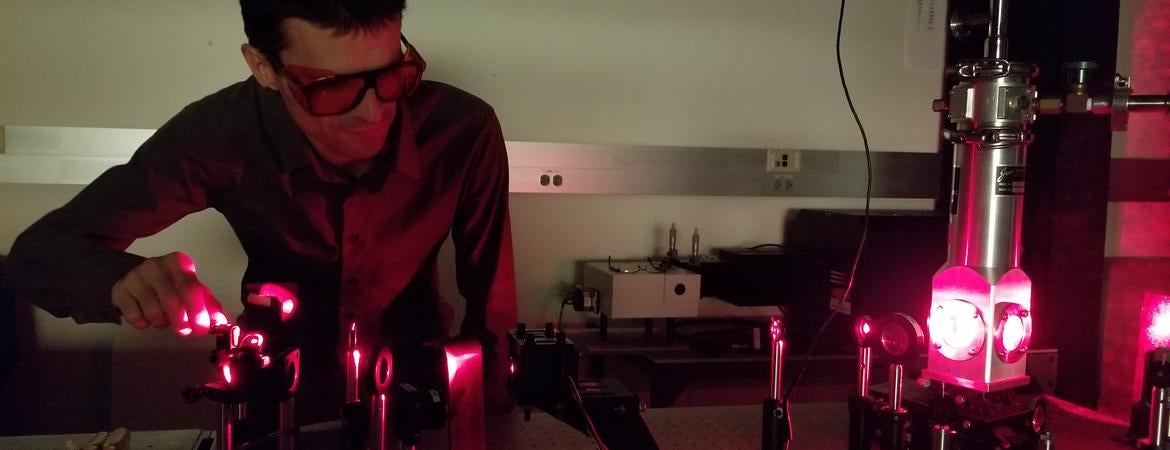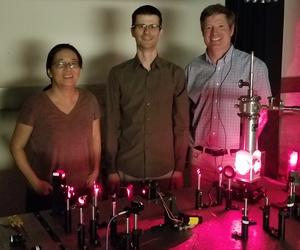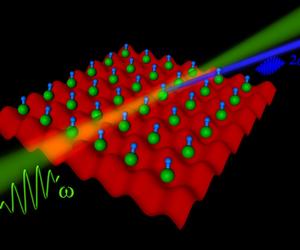
Boerge Hemmerling, an assistant professor of physics and astronomy at the University of California, Riverside, has received a five-year grant of nearly $1 million from the National Science Foundation to study “Nonlinear Optical Properties and Novel Quantum Phases of Polar Molecules in Optical Lattices.”
Hemmerling is the grant’s principal investigator. Shan-Wen Tsai, an associate professor of physics and astronomy, and Christopher Bardeen, a professor of chemistry, are co-principal investigators.
The trio will research the use of “optical trapping methods” – techniques that trap particles using light – to prepare molecular assemblies where parameters, such as molecular spacing, degree of order, and orientation, can be tuned by external fields.
“Controlling complex quantum systems, such as molecules, is one of the next big steps in developing novel quantum technologies,” Hemmerling said. “To develop novel molecular materials, we need to be able to synthesize their constituents and assemble them under carefully controlled conditions. The optical trapping methods we plan to use will allow us to study the basic properties of solid-state materials in a cheaper, more flexible way.”
In their experiments, the researchers will trap molecules in optical lattices by mimicking the molecular arrangement and properties of a solid crystal, and orienting these molecules using external electric fields.
"The observation of novel quantum phenomena in our optical lattice crystals will help guide the design of future molecular materials, such as nanocrystal assemblies or metal-organic frameworks, that could exhibit novel properties. " Hemmerling said. "Our research represents a new approach to the field of 'crystal engineering'".
The grant will support UCR students by training them in various areas, including lasers, vacuum technology, and optical setups.
This month, NSF awarded $31 million in grants for fundamental quantum research, $25 million of which supports exploratory quantum research as part of the Research Advanced by Interdisciplinary Science and Engineering (RAISE)-Transformational Advances in Quantum Systems (TAQS) effort. The grant to Hemmerling and collaborators is a RAISE-TAQS project.





